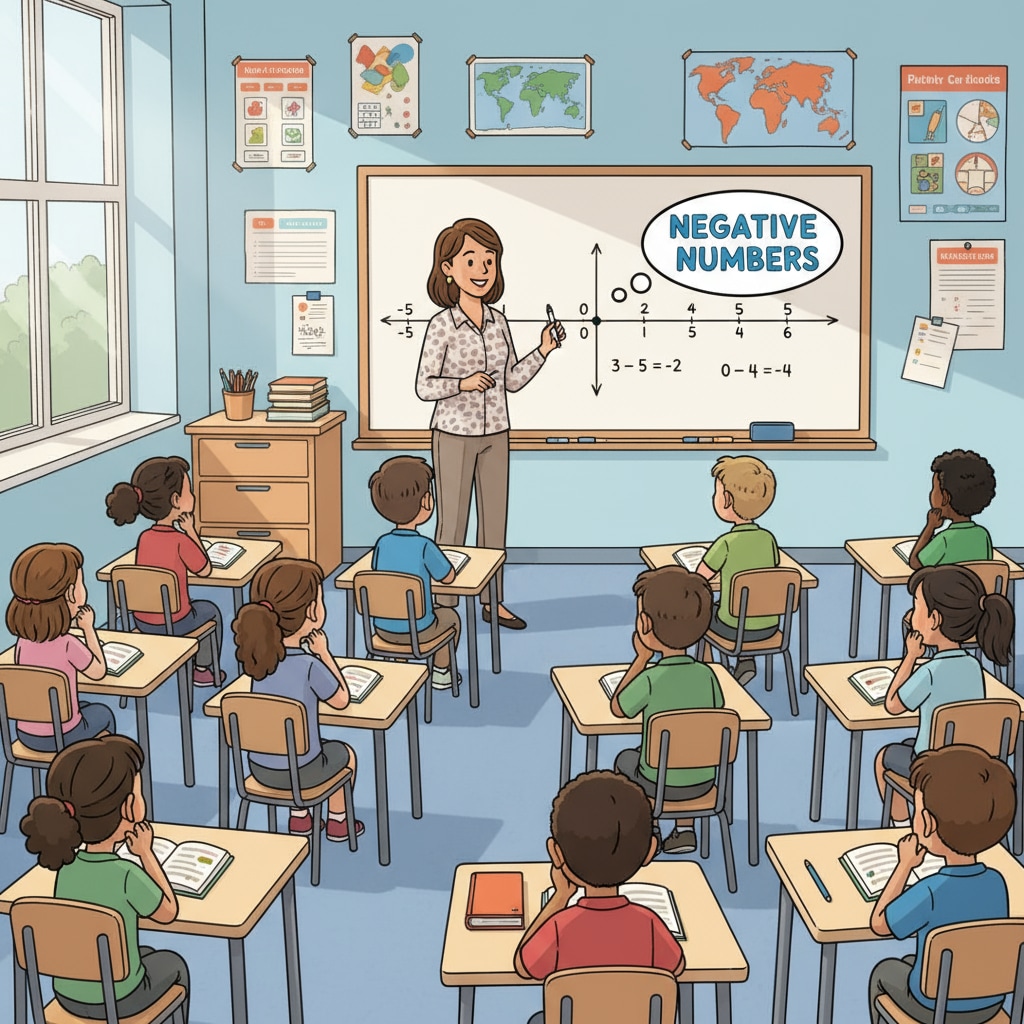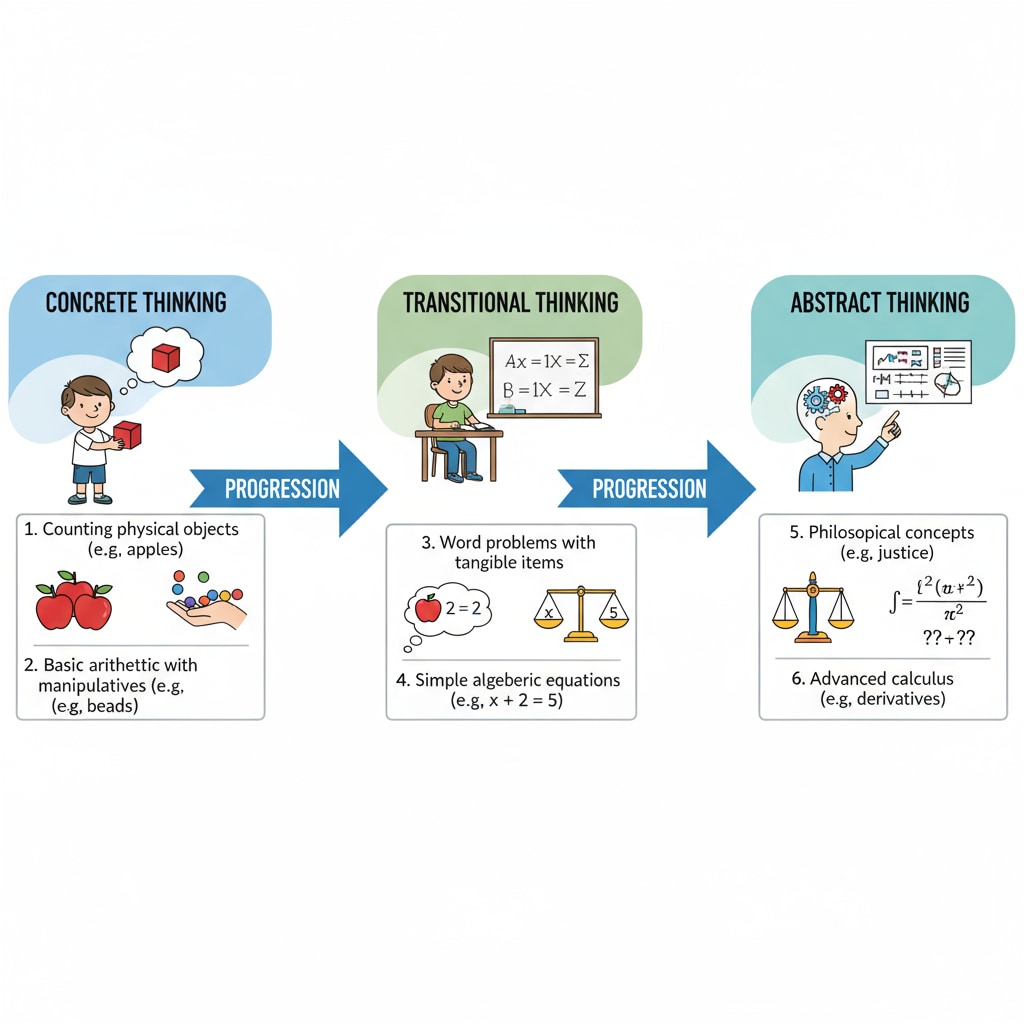The understanding of negative numbers among 4th grade students is a fascinating area that reflects their mathematical abilities. As students progress in their mathematical journey, the concept of negative numbers presents a new and somewhat challenging frontier.

In this article, we will explore how 4th graders perceive and accept this concept, along with effective teaching approaches.
The Cognitive Development of 4th Grade Students
At the 4th grade level, students are in a crucial stage of cognitive development. According to Verywell Family’s research on cognitive development, children at this age are beginning to transition from concrete operational thinking to more abstract forms of thought. This means they can understand concepts that are not directly tangible but still struggle with highly abstract ideas. For example, they can solve simple arithmetic problems with real-world objects but may find it difficult to grasp the concept of negative numbers initially.

The Challenge of Negative Numbers
Negative numbers are a significant leap in mathematical learning for 4th graders. Unlike positive numbers that are more commonly encountered in daily life, negative numbers represent values less than zero. This abstract nature can be hard for students at this age to fathom. As stated in Britannica’s article on number systems, the introduction of negative numbers requires a shift in the students’ mental models. For instance, when thinking about temperature, a child might be familiar with positive temperatures but need help understanding what a negative temperature means.
However, with the right teaching strategies, 4th grade students can gradually build an understanding of negative numbers. Teachers can start by using real-life examples, such as debts or temperatures below zero. Visual aids like number lines can also be extremely helpful. By seeing the numbers laid out in a visual format, students can better understand the relationship between positive and negative numbers. In addition, a step-by-step approach, starting with simple concepts and gradually increasing in complexity, can enhance their acceptance of this new mathematical concept.
Readability guidance: We’ve used short paragraphs to make the content more digestible. The list-like structure in each section helps summarize key points. Passive语态 has been minimized, and transition words like “however,” “for example,” and “in addition” have been used to enhance the flow of the article.


